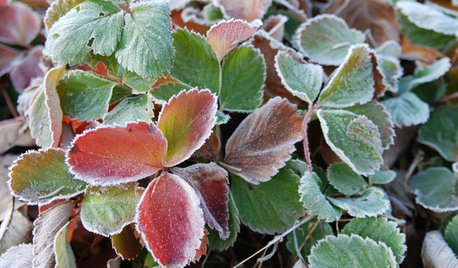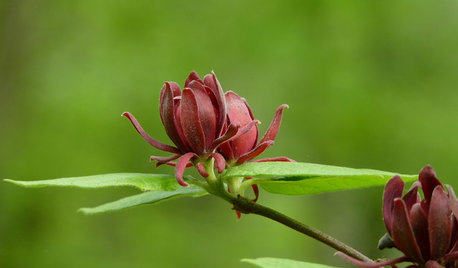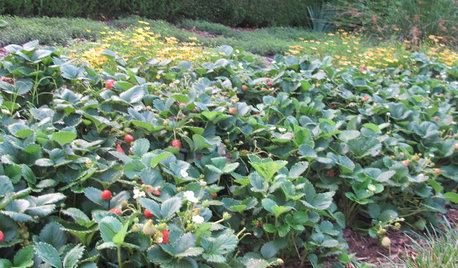Strawberry plants
kareng_grow
13 years ago
Related Stories

GARDENING GUIDESGreat Design Plant: Strawberries for All Seasons
An edible carpet? It's possible with a mass planting of this tough ground cover
Full Story
SPRING GARDENINGSummer Crops: How to Grow Strawberries
Pluck your own sweet strawberries right from the garden vine for smoothies, salads or eating then and there
Full Story
GARDENING GUIDESGreat Design Plant: Calycanthus Floridus
This U.S. native plant — also called Eastern sweetshrub, Carolina allspice and strawberry shrub — is an aromatic and a visual treat
Full Story
REGIONAL GARDEN GUIDESSoutheast Gardener's September Checklist
Fertilize strawberries, plant a tree or two and beckon hummingbirds to your Southern garden this month
Full Story
GROUND COVERSNative Alternatives to English Ivy, Japanese Pachysandra and Periwinkle
These shade-loving ground covers are good for the environment and say something about where you are
Full Story
GARDENING GUIDESGreat Design Plant: Grow Blueberries for Their Fruit and More
Eastern gardeners should consider growing blueberry plants for their delicious fruits, bee-friendly spring blooms and brilliant fall foliage
Full Story
GARDENING GUIDESTop 10 Native Plants for the Pacific Northwest
More than just gorgeous and adaptable, these standout plants convey a sense of place
Full Story
GARDENING FOR BUTTERFLIES3 Ways Native Plants Make Gardening So Much Better
You probably know about the lower maintenance. But native plants' other benefits go far beyond a little less watering and weeding
Full Story
LANDSCAPE DESIGNNative Plants Help You Find Your Garden Style
Imagine the garden of your dreams designed with plants indigenous to your region
Full Story
GARDENING GUIDESWe Bust 4 More Native Plant Myths
Have you been taken in by these fallacies about gardening with native plants?
Full Story






Skybird - z5, Denver, Colorado
kareng_growOriginal Author
Related Professionals
Comstock Park Landscape Architects & Landscape Designers · Berwyn Landscape Contractors · Edinburg Landscape Contractors · Fair Oaks Landscape Contractors · Kahului Landscape Contractors · Lakeville Landscape Contractors · Las Vegas Landscape Contractors · Mastic Beach Landscape Contractors · Seymour Landscape Contractors · Washington Landscape Contractors · Silver Firs Landscape Contractors · Coachella Solar Energy Systems · Glen Ellyn Solar Energy Systems · Lakeville Solar Energy Systems · Muscatine Solar Energy SystemsSkybird - z5, Denver, Colorado